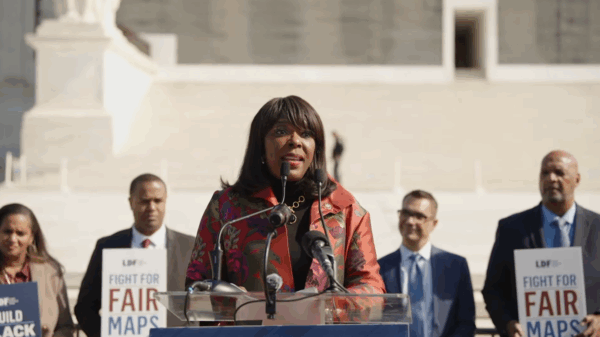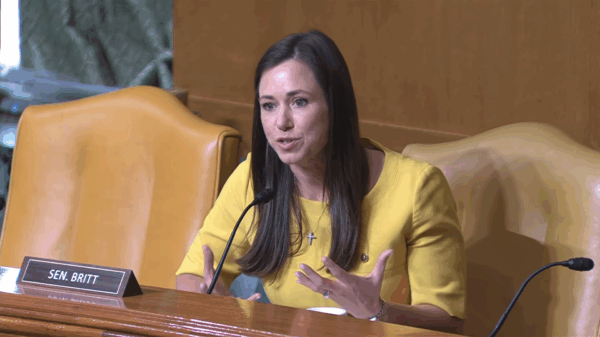Last week, a federal judge selected the new map that will be implemented to address racial gerrymandering in state Senate Districts 25 and 26. The map chosen—one of three submitted by the Special Master—had been drawn by a freshman at the University of Alabama: Daniel DiDonato.
“Elections have always been like my lifelong interest, my passion,” DiDonato told APR during an interview on Friday. “Probably the first election I remember would have been in fourth grade when all the adults in my life were talking about the 2016 presidential election. And my school had a mock election and I just can’t help but think, ‘Wow, this is big. This is important.’ And ever since then, I knew.”
“Elections are what I love to study,” he said. “They’re what I enjoy. They make sense to me.”
Presently majoring in political science and planning to attend law school after graduation in order to work in election law, DiDonato said he has hundreds of other district maps in varying stages of completion. A few days after the news broke, he simply posted “I love redistricting :).”
DiDonato’s plan, he posited, was only presented to the judge in order to show why the maps drawn by the Special Master were superior. After all, the Special Master noted in his filing that “Remedial Plan 3 only weakly remedies the Section Two violation,” before emphasizing that the other two proposals were more effective.
However, “the Court [had] no discretion to adopt a remedial plan (such as Remedial Plans 1 or 2) that modifies three districts in the Enacted Plan” if Remedial Plan 3 was able to remedy the violation of the Voting Rights Act, the judge wrote. DiDonato was well aware of this while creating his maps.
“I submitted six plans to the Special Master,” DiDonato explained to APR. “All six of them were drawn with due consideration to the fact that this court had a very limited mandate to change as little as possible while remedying the identified violation of Section 2 of the Voting Rights Act. Because the legislature—if they wanted to enact the plan—they would have had discretion in doing so, but the court doesn’t.”
“I knew at the time the prevailing wisdom would be a configuration that came out similar to Special Master Plans 1 and 2, which were pretty wholesale reconfigurations,” DiDonato stated. “But I wanted to see if it were possible to remedy that violation in a more narrow manner insofar as, is it possible to achieve the court’s end with a plan that only alters two districts as opposed to a plan that alters three districts.”
Both the plaintiffs in the case and Secretary of State Wes Allen took issue with DiDonato’s map when it was officially submitted by the Special Master, but for very different reasons.
The plaintiffs complained that the redrawn District 26, according to their interpretation of the Special Master’s analysis, would only allow Black voters to elect their preferred candidate if that candidate was white.
Allen, on the other hand, charged that the map, along with Remedial Plans 1 and 2, were “drawn with a racial target,” and that it was essentially impossible to prepare the map in a racially blind manner.
During his interview with APR, DiDonato strongly contested both claims in defense of his map.
Pointing to the court’s analysis, he noted that if the legal requirement is Black voters being able to elect their preferred candidate, his map “provides two districts in which Black voters are able to elect a candidate of their choice, in District 25 or District 26.”
“If we were looking only at whether or not Black candidates who were Black preferred are winning, I don’t doubt that my map probably would have failed that analysis,” DiDonato conceded. “But that’s not the analysis.”
Responding to a question about Allen’s critiques, he emphasized that the case revolved around Black voters’ right to elect a candidate of their choice, and then providing a remedy to ensure that right is maintained.
“You can do that in a way that doesn’t look at race,” DiDonato said. “I imagine the secretary and his legal team would find that ideal, and I provided that remedy. I am not familiar with Montgomery’s political and racial distribution.”
He added that he found Allen’s “assertion that I engaged in racial gerrymandering to be offensive and disingenuous.”
At the close of DiDonato’s conversation with APR, he explained he would “100 percent” submit more redistricting maps if the opportunities arise, and said he hopes this map being successful will help him with these probable future submissions.

















































